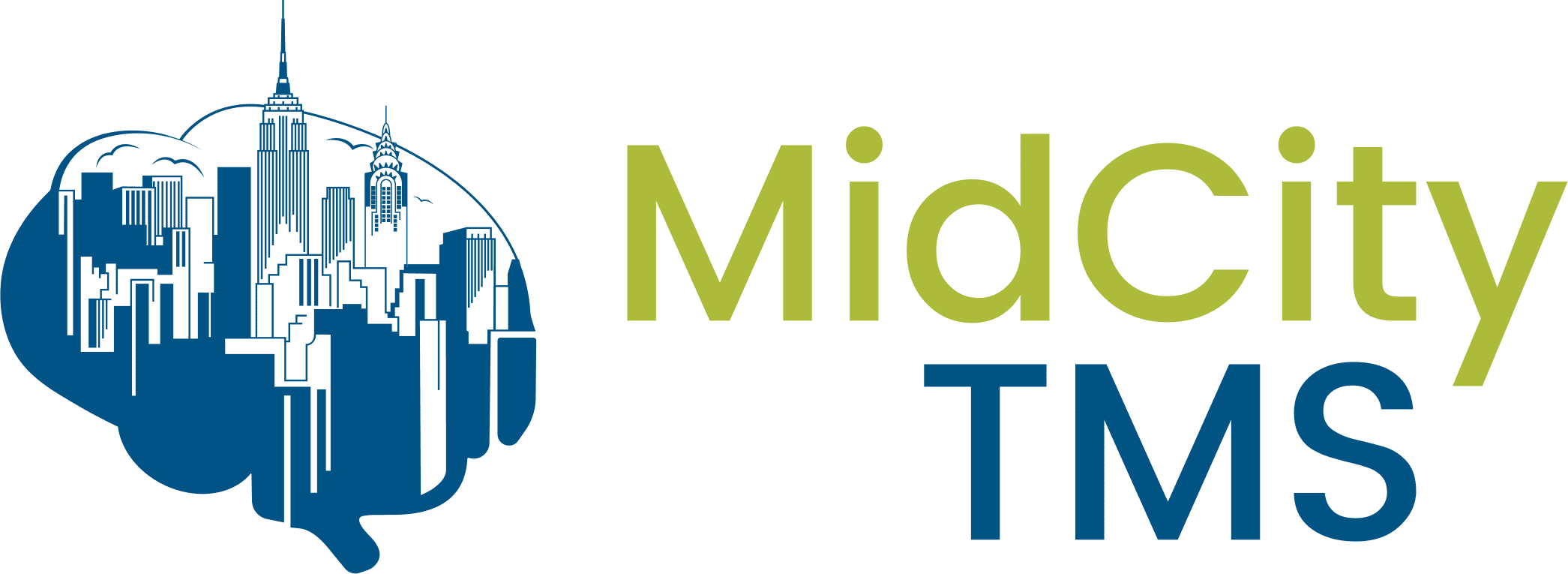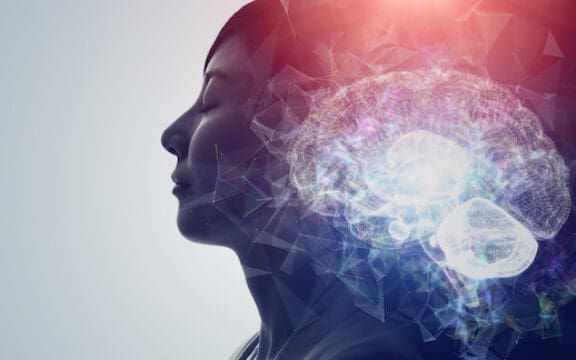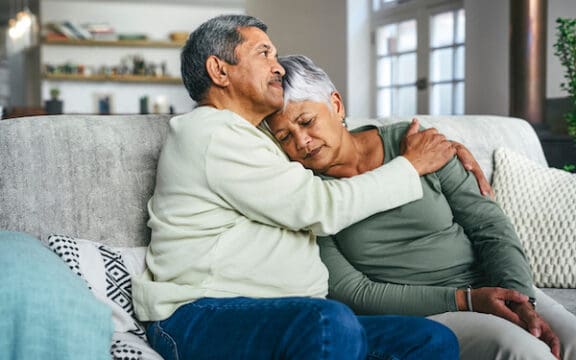Neuromodulation techniques including transcranial magnetic stimulation (TMS) have emerged in recent decades as useful additional tools to improve the lives of people with treatment resistant Depression. In particular, two forms of rTMS, high-frequency rTMS and theta burst stimulation (TBS), merit further scientific investigation of their effectiveness in treating depressive symptoms. A recent study by Leo Chen, et al. examined whether patients switching between theta burst stimulation and high frequency TMS could bring about better outcomes for patients. Continue reading to learn about the findings of this study and what they may mean for the future of Depression treatment.
Background on Theta Burst Stimulation
Theta Burst Stimulation (TBS), also called Theta Burst TMS, was approved by the FDA in the summer of 2018 as a form of TMS for treating major depressive disorder. Similar to standard high frequency TMS, TBS uses non-invasive electromagnetic coils placed on the patient’s head to deliver magnetic pulses to the dorsolateral prefrontal cortex of the brain. However, TBS differs from standard TMS in frequency and duration. While TMS delivers magnetic pulses at 10 Hz for 20-40 minutes per session, TBS uses bursts of stimulation at 50 Hz, typically for about 3 minutes per session. TBS is essentially a recently approved type of neuromodulation that is faster and uses higher frequency stimulation than standard TMS to modulate brain activity for depression treatment. Importantly for patients, TBS treatment sessions are much shorter in duration, thereby allowing TBS to be more accessible to patients who have more limited time to devote to treatment.
Background on High-frequency rTMS
Repetitive TMS, abbreviated rTMS, is synonymous with TMS, which uses repetition of magnetic pulses for treatment. In High-frequency rTMS, the pulses usually measure 10 Hz. Our website contains ample information about how TMS works, so for this article we will focus on the central question of Chen’s study, the impact of switching between high-frequency rTMS and Theta Burst Stimulation.
A Study of Depression Outcomes with Switching Between High-Frequency rTMS and Theta Burst Stimulation
Description of the Study
Chen, et. al studied 300 voluntary participants, 299 of whom were randomly assigned to an initial treatment, either high-frequency rTMS or bilateral TBS. Of these initial participants, 252 completed treatment, and, using a comparison of a baseline questionnaire and a questionnaire given at four weeks, 142 were labeled “non-responders.” Treatment response was defined as a ≥50% reduction of Quick Inventory of Depressive Symptomatology – Clinician Rated Version (QIDS-C16) score from baseline to week 4 assessment, while depression remission was defined by achieving a QIDS-C16 score of ≤5. Four weeks later, these non-responders were reassessed to establish a baseline, and then given the opportunity to receive the other treatment option, (rTMS if they initially received TBS, and vice versa). The authors noted that this gap in between treatment methods was designed “to minimise carryover treatment effects from the initial to the crossover course.”
The Study’s Results
The results of the study were that 38% of the participants who did not respond to 10 Hz rTMS who then switched to accelerated bilateral TBS rose to the level of responders and 25% went into remission. For non-responders who went the opposite way, from accelerated bilateral TBS to high-frequency rTMS, only 20% of non-responders became responders.
Potential Limitations of the Study and Suggestions for Further Research
The authors of the study note several limitations, including small sample size and the potential for biased assessment by participants who volunteered to switch treatment types. They note that some participants had to drop out of the study because of changes to their antidepressant medications, which had to remain consistent throughout to avoid confounding variables. They acknowledge that patients’ life circumstances could have changed in ways that affected their mental health during the study, and also that the four-week gap they introduced between treatment types may not be usual practice for treatment providers.
The authors suggest adding a third experimental condition, in which non-responders are given a second course of their initial treatment, as well as speculating that results might be different if non-responders were required to switch treatments.
The Study’s Conclusions
The study’s authors concluded that there may be merit to switching TMS protocols when patients do not respond to their initial treatment. They noted that it appears that switching from 10 Hz rTMS to bilateral TBS is more effective than the reverse.
Get The Depression Treatment You Need at Mid City TMS
At Mid City TMS, our team of professionals will work with you to determine the best course of treatment for your particular history and symptoms. Our protocols include both standard rTMS and TBS and bilateral versions of each of these. We also offer accelerated protocols. From antidepressant medication, to TMS, to Spravato, we provide state-of-the-art treatment options to help you find relief from refractory mental health symptoms. Our blog provides analysis of cutting-edge techniques and research, as well as advice to bring you the information you need to make decisions with your treatment provider. Contact us to learn how we can help you find the best treatment for you.













